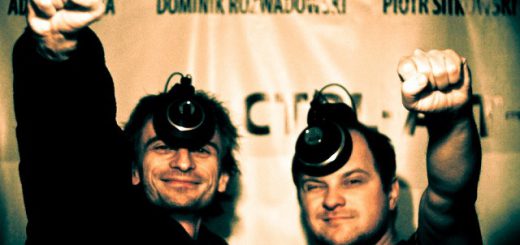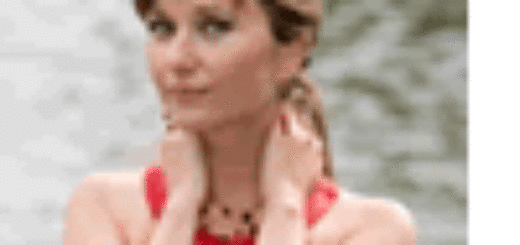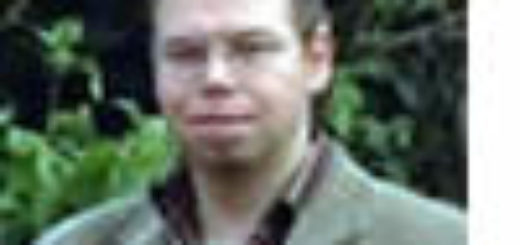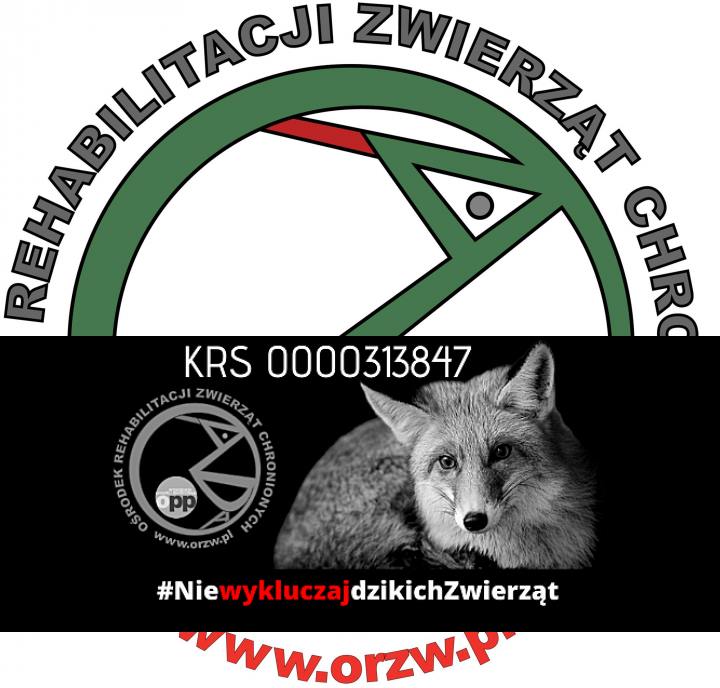Recent dramatic spacewalk
NASA Astronaut Scott E. Parazynski speaks to Joanna Gulbińska about his recent dramatic spacewalk to repair a torn solar array on the International Space Station and his Polish roots. Scott is one of NASA’s most experienced space walkers, a qualified medical doctor and mission specialist with a passion for rock climbing.
His latest mission STS-120 to install the Harmony expansion to the living quarters on the International Space Station was destined to be challenging when they blasted into space in October 2007. Dramatic events unfolded during the mission when unexpectedly it became necessary to repair a torn solar array.
If NASA’s risky and daring spacewalk repair had failed there would have been serious consequences for the future of the space station. A damaged solar array panel would not have generated enough electricity or had enough stability for construction of the space station to continue.
The station must be finished before September of 2010 when the space shuttle, the only vehicle that can take major parts of the station to orbit, is retired.
Looking at your last mission and the incredible Extravehicular Activity (EVA) to repair the solar array. How and when did you first learn that the solar panels were torn and needed repairing?
SP: Well, you know, we came in after our 3rd spacewalk, which was designed to relocate the P6 solar truss from the top of the station to the tip of the space station. It was a very dramatic spacewalk in and of itself. We were all very excited with the success of that and the first solar array was being committed to extend by the crew inside and the flight controllers in Houston. The first array had gone well. After we had gotten out of our spacesuits, we floated over to one of the control posts in the space station and realised it had just happened. One of the panels had been torn during the deployment because of a snag in one of the guide wires and the whole mission changed in that very instant.
Did you volunteer or were you assigned to carry out the repair?
SP: I was assigned to carry out the repair as the lead space walker. So it was my responsibility to be the guy at end of the boom to attempt the repair. It was unlike anything we had ever attempted before. So we weren’t sure even as we floated outside the hatch whether or not we would be successful or not. But it was a brilliant plan that was developed by many engineers on ground to first of all get us out there with robotics, and also the design of tools to effect the repair.
I understand the teams on the ground worked intensively to provide you with a plan for the EVA, I am interested in how you prepared for the task.
SP: It was probably 72 hours of sleepless work on the ground by the engineers who developed the plan and came up with the procedures and the way to fabricate the cuff links to stabilise the solar array. As that was being done concurrently, procedures were sent up and a special animation of the robotics to get me out to the worksite was sent up to for review. So we had a bunch of time to prepare our tools and space suits and also 3 video conferences with experts on the ground to talk about the procedures, as well as contingencies we might have to deal with. At each session we got smarter about the task and gained in confidence about how we might actually do it. As I say, it took 3 days to prepare for the spacewalk.
Can you describe how you felt being tethered by just your feet at the end of the 90ft arm in empty space?
SP: It was very, very dramatic. I have to say, on the way out to the solar array I was very focussed on my job and I didn’t have a great deal of time to focus on the sightseeing – which was spectacular by the way. I was very focused on the job that lay ahead. I was trying to get one of the digital cameras to work. Unfortunately the battery had drained out before I could even take a single picture. So I spent some time on the trip out troubleshooting that but once I got to the worksite it was all business. But I really did savour the view on the way back home to the safety of the space station.
How did it compare to the experience of walking in space for the first time?
SP: Well you know with each subsequent spacewalk you get more and more at home in the environment, and it’s a very foreign environment. You become one with your suit with a lot of time in the spacesuit. In that environment you become more and more comfortable and so I felt very much at home on this flight.
Was the ‘Star wars’ theme tune as a wake up call on the day your idea?
SP: It was my son’s idea, my son Luke. We are both big ‘Star Wars’ fans, and of course, we had Luke Skywalker’s lightsaber onboard with us, which was really exciting, but he sent that music up to wake me up and it really meant a lot to me.
How do you control the natural instinct of fear in such a stressful situation?
SP: Well, you know, the biggest element of fear for me was just one of failure, not being able to deliver, after all the work that taken place to get me in position to do the repair. I was worried I wouldn’t be able to do my part to save the solar array. So my biggest concern was getting the job done well and I didn’t really dwell so much on other hazards. I think a lot of people had given a great deal of thought on how to control those hazards like shocks and quick bailout situations, so I think those risks were well understood and contained. So my biggest concern was getting the job done.
I read that your family is really important to you, what can you tell me about your Polish roots?
SP: My family came across at the turn of the last Century to Ellis Island and I have spent some time there, an amazing place. They emigrated from Cracow and settled in upstate New York. My paternal grandmother’s side of the family and my paternal great-grandfather settled in upstate New York. I have been back a couple of times to Poland for short visits to Cracow and Warsaw. I understand I have some distant relatives in that region of Poland but have not met them. It is a beautiful Country.
I understand you took some memorabilia of your ancestors with you into space on the mission.
SP: I took a patch commemorating the Kościuszko squadron from Poland. It has a strong history of aviation excellence so I was very proud to take a special emblem that honoured aviation history and look forward to taking it back and presenting it sometime.
What advice would you have for young people wanting to follow in your footsteps or thinking of embarking on a career?
SP: Well, I think the most important thing to succeed in any challenging and exciting thing or career, it is to have dreams and have the courage to make them come true. A lot of young people have dreams but lose the courage or drive to make them come true. Anything that is really wonderful in life takes a lot of work. Nothing is given to you on a silver platter, you have to work for it, and of course, if you have to work for it, it means so much more to you in the big picture. So whether you want to be an astronaut, a political leader, or save the environment or whatever your dreams are, you have to work at it. There are a lot of great rewards along the way. I like to tell young people just persevere.
Thank you so much for your time and good luck with all that you do.
photograph descriptions:
upper row from the left
28 Oct 2007 – Astronaut Scott Parazynski, STS-120 mission specialist, participates in the second of five scheduled sessions of extravehicular activity (EVA) as construction continues on the International Space Station. During the 6-hour, 33-minute spacewalk Parazynski and astronaut Daniel Tani (out of frame), Expedition 16 flight engineer, worked in tandem to disconnect cables from the P6 truss, allowing it to be removed from the Z1 truss.
26 Oct 2007 – Attired in his Extravehicular Mobility Unit (EMU) spacesuit, astronaut Scott Parazynski, STS-120 mission specialist, is pictured in the Quest Airlock of the International Space Station as the mission’s first spacewalk draws to a close.
3 Nov 2007 – While anchored to a foot restraint on the end of the Orbiter Boom Sensor System (OBSS), astronaut Scott Parazynski, STS-120 mission specialist, participates in the mission’s fourth session of extravehicular activity (EVA) while Space Shuttle Discovery is docked with the International Space Station. During the 7-hour, 19-minute spacewalk, Parazynski cut a snagged wire and installed homemade stabilizers designed to strengthen the damaged solar array’s structure and stability in the vicinity of the damage. Astronaut Doug Wheelock (out of frame), mission specialist, assisted from the truss by keeping an eye on the distance between Parazynski and the array. Once the repair was complete, flight controllers on the ground successfully completed the deployment of the array.
lower row from the left
26 Oct 2007 – Astronaut Scott Parazynski, STS-120 mission specialist, participates in the first of five scheduled sessions of extravehicularactivity (EVA) to perform work on the International Space Station while Space Shuttle Discovery is docked to the station. In just over six hours, Parazynski and astronaut Doug Wheelock (out of frame), mission specialist, installed the Harmony module in its temporary location on the station, readied the P6 truss for its relocation during the second EVA session, retrieved a failed radio communications antenna and snapped shut a window cover on Harmony that opened during launch on Discovery.
30 Oct 2007 – Astronaut Scott Parazynski, STS-120 mission specialist, participates in the third scheduled session of extravehicular activity (EVA) as construction continues on the International Space Station. During the 7-hour, 8-minute spacewalk Parazynski and astronaut Doug Wheelock (out of frame), mission specialist, installed the P6 truss segment with its set of solar arrays to its permanent home, installed a spare main bus switching unit on a stowage platform, and performed a few get-ahead tasks. Also, Parazynski inspected the port Solar Alpha Rotary Joint (SARJ) to gather comparison data for the starboard rotary joint.
26 Oct 2007 – Astronaut Scott Parazynski, STS-120 mission specialist, is pictured in the shutte’s cargo bay during the first of five scheduled sessions of extravehicular activity to perform work on the International Space Station while it is visited by the Space Shuttle Discovery. Node 2, also known as Harmony, joined the growing station complex, thanks to the work of the two spacewalkers in conjunction with that of their crewmates who remained in the shirt sleeve environment of the two spacecraft.





